Research projects and initiatives
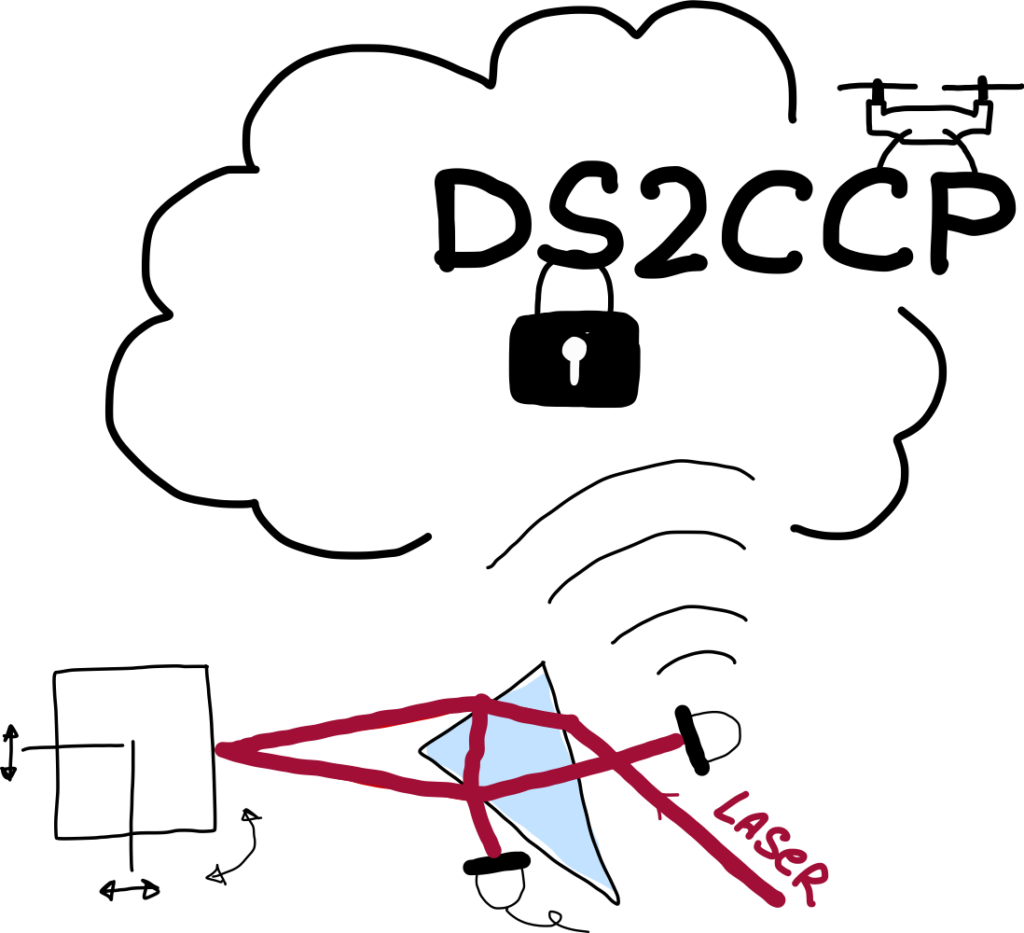
DS2CCP: At the Center for Digitization and Technology Research of the German Armed Forces (DTEC), our team is involved in the realization of a ‘Digital Sensor-2-Cloud Campus Platform’. In order to make manufacturing processes in industry more efficient and flexible, wireless networking of sensors and actuators will be advantageous in the future. The high spatial density of these sensors, the high demands on latency and reliability and an assured flexibility and robustness still pose a great challenge. Our team is working on minimalistic and energy-autonomous interferometric sensors, which can be used for length and strain measurement in a broad range of applications.
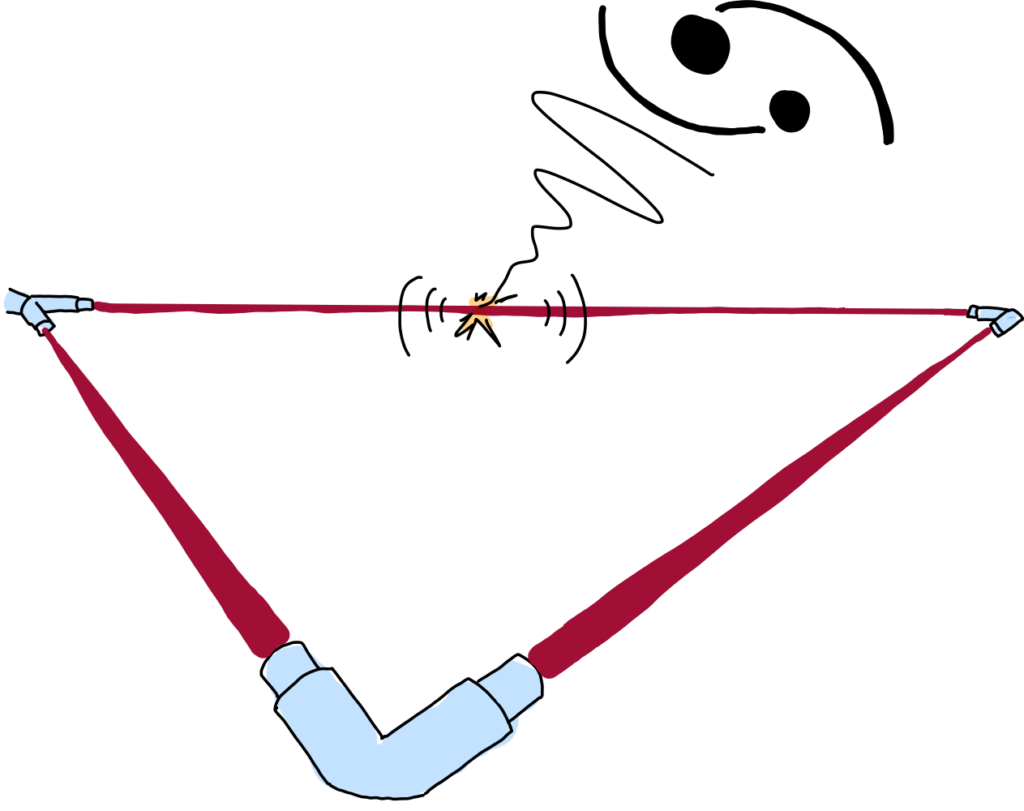
ET: The Einstein Telescope (ET) is a design concept for a third-generation European gravitational-wave detector that will be about 10 times more sensitive than current instruments. It will be able to survey a thousand times larger area of the universe in search of gravitational waves and detect sources that are too weak for current-generation instruments. Our team contributes to the active noise mitigation and develops new seismic sensors to tackle Newtonian noise acting gravitationally on the suspended test masses.
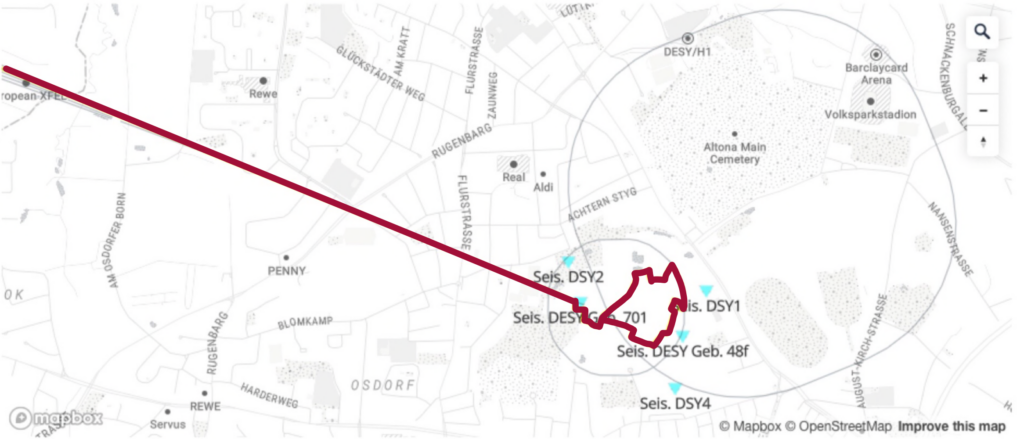
WAVE: The WAVE-Initiative investigates and designs a seismic and geo-acoustic measurement network in and around and around the Science City Hamburg Bahrenfeld. WAVE is a unique and innovative infrastructure for geophysics, physics and especially for large-scale research facilities.

ALPS II: The Any Light Particle Search II at DESY is a ‘light-shining through a wall’ experiment to search for axion-like particles (ALPs), candidates for a constituent of the dark matter in the universe. In the presence of strong magnetic fields laser light is converted into ALPs, which are reconverted back into light after an opaque barrier. This leads to a very weak light signal of only one photon per day which is a major challenge for the detector. Our team contributes to the characterization and interface design of a superconducting single photon detector.
Research topics
The “Metrology” group works on the further development of high-precision laser interferometers for displacement measurements. We investigate technologies for and from the field of gravitational wave detection.
Gravitational wave detection
Many of the interferometer techniques investigated in this group are based on gravitational wave detector technology for the space-based mission LISA (Laser Interferometer Space Antenna). This is characterized in particular by its picometer precision in the low-frequency measurement band (< 1Hz) and is therefore suitable for long-term measurements. Another feature is the high dynamic range, which makes it interesting for applications where the position of the test objects changes over several micrometers. This is achieved in particular by using heterodyne interferometry or heterodyne-like interferometer concepts, such as deep frequency modulation interferometry.
Digitally-enhanced heterodyne interferometry
In digitally-enhanced heterodyne interferometry, the phase of the light is time-stamped (using a pseudo-random noise code). This time stamp allows light beams to be distinguished from each other if they have a difference in travel time. Thus several objects can be detected with only one laser beam, only one photodiode and only one readout channel, which makes to optical setup very simple. The challenge, however, is in digitalization, where we have to separate the signals from each other again.
Distributed seismic fiber sensing
The “Metrology” group is working on developing distributed seismic fiber sensing techniques that can be used for a range of applications. We investigate commercial DAS systems on the research campus Bahrenfeld to conduct coupling tests to ground motion, and we are also investigating our own distributed fiber sensing techniques with improved sensitivity using digitally enhanced interferometry. Our work is particularly important for tackling Newtonian Noise in the planned Einstein Telescope gravitational wave detector, as well as for developing early warning earthquake systems.
Interferometric simulations
To predict signals in a laser interferometer, we use the c++ software library IfoCAD. This has become especially popular for LISA interferometers, as the set-ups for space missions are built quasi-monolithically from a single piece of glass to survive rocket launch and achieve the desirable long-term stability. These set-ups cannot be further adjusted after construction, so it is mandatory simulate the layout beforehand. IfoCAD can be used to simulate contrast, phase measurements, wavefront measurements, and 3D models of the interferometer, among other things. In addition to optical simulations with IfoCAD, mechanical 3D models also play an important role, for example to achieve thermally compensated interferometer setups. In particular, we are working on linking these two simulation approaches in order to be able to include thermo-optical effects in the future.
Characterization of a single photon detector
The ALPS II experiment at DESY searches for ultralight dark matter in the form of axion-like particles (ALPs). In the presence of very strong magnetic fields, the ALPs are created from light in the laboratory and converted back into light particles behind an opaque barrier. Should dark matter be created in this process, it can penetrate the barrier and generate a light particle only in this way. Single photon detectors will be used to detect these single light particles (photons). We are working on the characterization of the detector for the signal wavelength 1064nm and optimize the optical interfaces. These have to be highly efficient for the signal wavelength on the one hand and extremely low-noise on the other hand in order not to generate false photons at the same wavelength as it is caused e.g. by blackbody radiation.
Scientific collaborations
- WAVE initiative (Hamburg seismic network)
- ET: Einstein Telescope (next generation gravitational wave detector, planned in Europe)
- LSC/LVK: LIGO/Virgo/Kagra (current ground-based gravitational wave detectors)
- ALPS: Any Light Particle Search (dark matter experiment at DESY)
- LISA: Laser Interferometer Space Antenna (space-based gravitational wave detection)
Publications
A complete list of publications can be found at Google Scholar. The following is an excerpt of chosen publications.
2023
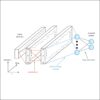
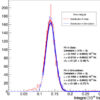
2022
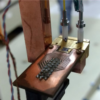
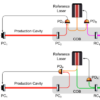
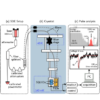
2021
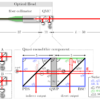
Gerberding, O., & Isleif, K. S. (2021). Ghost Beam Suppression in Deep Frequency Modulation Interferometry for Compact On-Axis Optical Heads. Sensors, 21(5), 1708. 10.3390/s21051708
2020
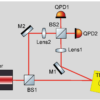
Meshksar, N., Mehmet, M., Isleif, K. S., & Heinzel, G. (2020). Applying differential wave-front sensing and differential power sensing for simultaneous precise and wide-range test-mass rotation measurements. Sensors, 21(1), 164. 10.3390/s21010164
2019
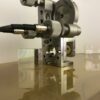
Isleif, K. S., Heinzel, G., Mehmet, M., & Gerberding, O. (2019). Compact multifringe interferometry with subpicometer precision. Physical Review Applied, 12(3), 034025. 10.1103/PhysRevApplied.12.034025
2018
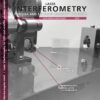
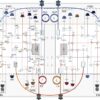
Isleif, K. S., Bischof, L., Ast, S., Penkert, D., Schwarze, T. S., Barranco, G. F., … & Heinzel, G. (2018). Towards the LISA backlink: experiment design for comparing optical phase reference distribution systems. Classical and Quantum Gravity, 35(8), 085009. 10.1088/1361-6382/aaa879/meta
2017
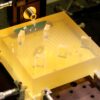
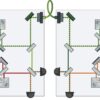
2016
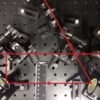
Isleif, K. S., Gerberding, O., Schwarze, T. S., Mehmet, M., Heinzel, G., & Cervantes, F. G. (2016). Experimental demonstration of deep frequency modulation interferometry. Optics Express, 24(2), 1676-1684. 10.1364/OE.24.00167
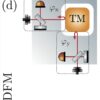
2014
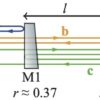
Isleif, K. S., Gerberding, O., Köhlenbeck, S., Sutton, A., Sheard, B., Goßler, S., … & Danzmann, K. (2014). Highspeed multiplexed heterodyne interferometry. Optics express, 22(20), 24689-24696. 10.1364/OE.22.024689
Letzte Änderung: 20. November 2023